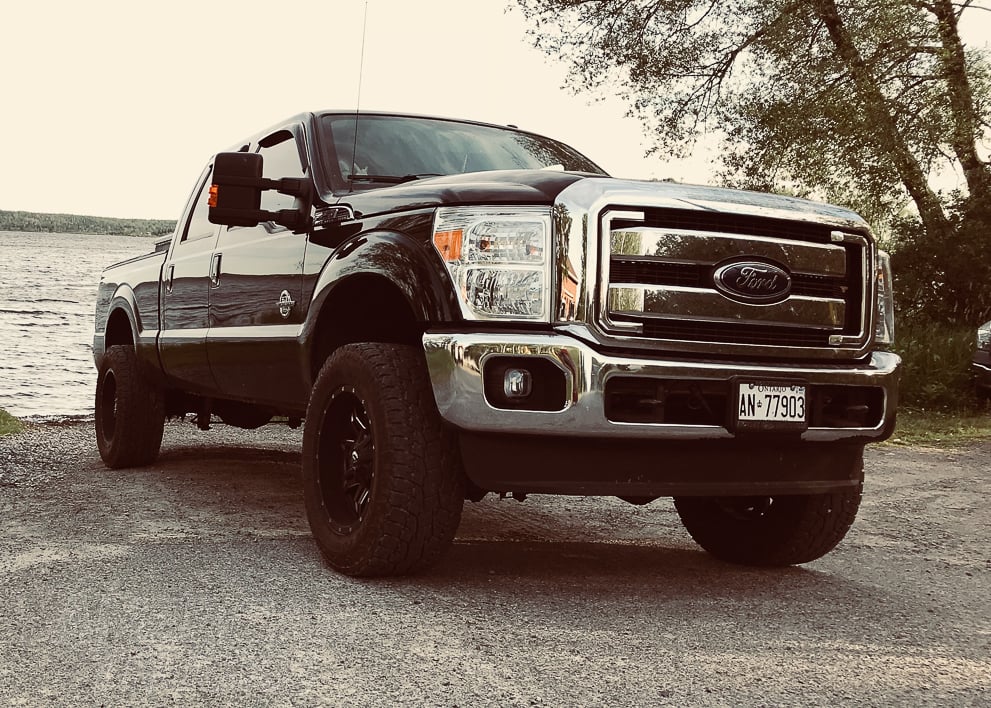When it comes to diesel engines there’s nothing more horrifying than the idea of a runaway diesel. The engine begins to roar out of control, smoke pours out everywhere, and eventually, the engine will come to a halting stop that will only send shivers down your spine. The whole thing appears and feels like something right out of a horror story. This rare event is something most diesel owners fear, and they’ll want to do anything they can to prevent it from occurring.
Table of Contents
- What is a Runaway Diesel?
- What Can Happen if it Runs Away While on the Road and Stationary Idling?
- What Causes a Runaway?
- How to Prevent It
- Can you Stop a Runaway in Progress?
- What to Do After a Runaway
Shop F250 Engine Parts
The biggest way to prevent runaway diesels is preventive maintenance. Despite how this solution sounds in the face of a potentially catastrophic problem, ensuring your F250's diesel has a clean intake and fuel injectors will keep air/fuel ratios where they're supposed to be.
